Freedom of speech and expression means the right to express one's convictions and opinions freely by means of mouth, writing, printing pictures, or any other mode. It includes the expression of one's ideas through any communicable medium or visible representation, such as gestures, signs, etc. The expression also connotes publication, and thus the freedom of the press is included in this category. Even if there was no specific mention of freedom of the press in our constitution, it created no difficulty for the court in India to protect the freedom of media.
The best way to understand the extent of a free press is the Blackstonian (William Blackstone) concept of the press expressed in 1969, which points out the basic crux of press freedom. It states that:
1) Liberty of the press is essential to the State
2) no previous restrictions should be placed on the publications
3) this does not allow the press freedom to do which is prohibited by law.
4) Every freeman has the undoubted right to lay what sentiment he places before the public, but if he publishes what is improper, mischievous or illegal he must take the consequences of his temerity.
![]() The role of the freedom of speech is reiterated in several cases, of which the earliest case was Romesh Thappar V/S State of Madras, 1950. In this case, the supreme court held that the "Right to freedom of speech and expression is paramount and that nothing short of a danger to the foundation of the state or a threat to its overthrow would justify curtailment of the right to freedom of speech and expression."
The role of the freedom of speech is reiterated in several cases, of which the earliest case was Romesh Thappar V/S State of Madras, 1950. In this case, the supreme court held that the "Right to freedom of speech and expression is paramount and that nothing short of a danger to the foundation of the state or a threat to its overthrow would justify curtailment of the right to freedom of speech and expression."
As mentioned in the Blackstonian theory, the free press does not provide a license to publish and broadcast anything without any restriction. Article 19(2) of the Indian constitution also sets out grounds on which limits can be imposed upon the "freedom of expression". These limits flow from the right to privacy, right to reputation, the law of contempt of court, etc.
I came across a story from Roman history, which portrays the situation of the present-day television (media). It was between the 3rd century BC and 4th century AD. The rulers of Rome had devised a popular entertainment form to keep the restless population engaged, occupied, and distracted. The persons branded as criminals were treated as slaves by the rulers. They were brought into the big stadium called ‘Roman Circus’ and were made to enter mortal combat against wild beasts. These combats were witnessed by thousands. The audience would provoke the combatants till either of them was mauled to a gory death.
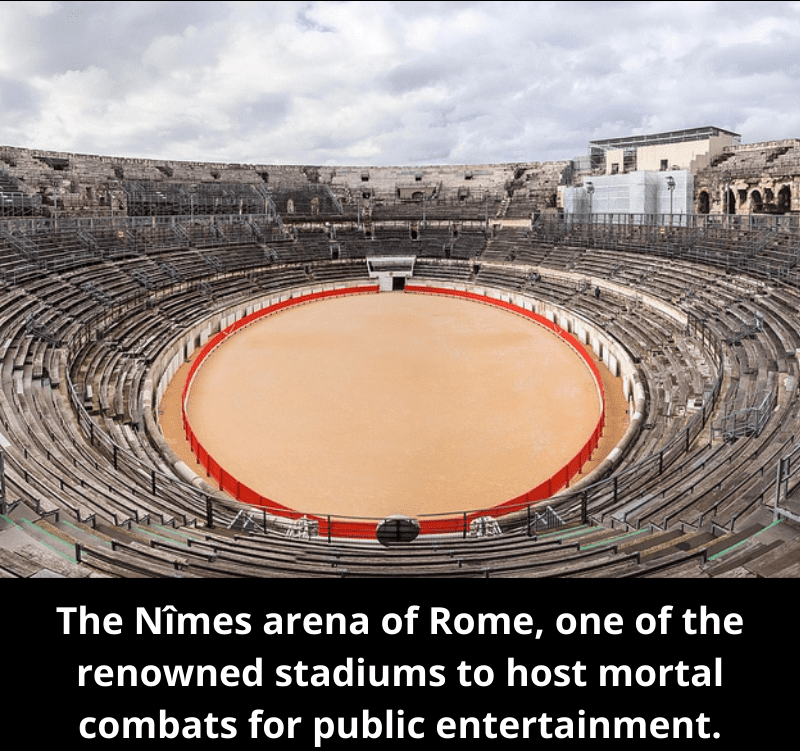 This entertainment, which survived for seven centuries, is a testimony of the political purpose it served of keeping the population entertained and distracted with brutal violence. In a sense, present-day television has replaced the cruel morbidity of the Roman circus. The TV anchors of today, in the absence of any deterrence, can brand any citizen a criminal or a depraved mortal and try them on their media platform. These victims are branded - and then instantly stigmatized - as criminals, drug users, rapists, and murderers according to the convenient choice of the anchors.
This entertainment, which survived for seven centuries, is a testimony of the political purpose it served of keeping the population entertained and distracted with brutal violence. In a sense, present-day television has replaced the cruel morbidity of the Roman circus. The TV anchors of today, in the absence of any deterrence, can brand any citizen a criminal or a depraved mortal and try them on their media platform. These victims are branded - and then instantly stigmatized - as criminals, drug users, rapists, and murderers according to the convenient choice of the anchors.
The uncontrolled state of the press freedom has brought forward several negative facets in the working of its role. They are mainly high-level inaccuracy, sensationalism, poor coverage of important issues, short attention span to news, focus on large profit margin, trial by media, etc. Out of all these flaws, the concept of media trial has been coined repeatedly in the last few years. It refers to the role of Media acting as a Judge overriding the official “justice delivery system” thereby distorting, prejudicing, sensationalizing, instigating the public. It affects the whole ‘justice delivery process’.
The phrase became popular in the 20th and 21st centuries to describe the impact of television and newspaper coverage on a person's reputation by creating a widespread perception of guilt or innocence - before or after a verdict in the court of law. This trend has ignored the basic principles of justice like the presumption of innocence until proven guilty and guilty beyond the reasonable doubt.
The news channels take up the so-called evidence to scoop up the topic. But the media is not acquainted with the traditional rules according to which evidence is to be cited. They are also not well versed to tell the substantial value of the evidence to declare an accused as a convict. Such media behavior takes away the victim's right to justice.
It is worse when an ordinary criminal or accused is made equivalent to a seasoned criminal or felon by the media without any appropriate investigation on any matter. The media fails to think beyond the "breaking news item". They fail to draw a line between a suspect, an accused, and a convict, which makes the acquittal process difficult.
Sometimes our judicial wing has also benefited from the ethical and fearless journalism and taken a suo moto cognizance relying on the reports and news. The trial by media arrived in the full spirit in India with a virtual trial in the Jessica Lal case, where the intense output of protest after a not guilty verdict had forced the hands of the government to order a retrial.
The same happened in other recent cases like the Nitish Katara murder case, the rape-cum-murder of Priyadarshini Mattoo, and most importantly, the Nirbhaya rape case that evoked great sympathy and outrage from Indian masses. Though the role played by media in bringing accused of these heinous crimes to justice is certainly commendable, the question is how far the doctrine of free speech can be stretched to subvert the free and fair trial?
 In many cases, the activism of the media has adversely affected the judicial process. In the 2003 case of State V/S Mohammad Afzal and others, when the police called a press conference just a week after the attack, during which accused Mahommed Afzal incriminated himself in front of the national media. The media played an excessive and negative role in shaping the public conscience before Afzal was even tried. Then, in the Arushi Talwar murder case ( Nupur Talwar V/S CBI and others, 2012), the media reported that her father, and possibly her mother Nupur Talwar, were involved in her murder. However, the CBI declared that they were not the killers. Yet, the media speculated every day about the father's guilt and the reputation of the young girl.
In many cases, the activism of the media has adversely affected the judicial process. In the 2003 case of State V/S Mohammad Afzal and others, when the police called a press conference just a week after the attack, during which accused Mahommed Afzal incriminated himself in front of the national media. The media played an excessive and negative role in shaping the public conscience before Afzal was even tried. Then, in the Arushi Talwar murder case ( Nupur Talwar V/S CBI and others, 2012), the media reported that her father, and possibly her mother Nupur Talwar, were involved in her murder. However, the CBI declared that they were not the killers. Yet, the media speculated every day about the father's guilt and the reputation of the young girl.
There are provisions in various laws that strictly prohibit the disclosure of specific information like access to courts or government-held information. It includes a provision to prevent the disclosure of the identity of the victim of an offense of rape or sexual assault under the Indian Penal Code, 1860 and the same is punishable under Section 228 A except with the permission of the court.
There is also a provision to protect the report of inquiry held under the Children Act, 1960, with particulars leading to the identification of the child. Then, the proceedings under the Hindu Marriage Act, 1955, the Family Courts Act, 1984, the Special Marriage Act, 1954, the Indian Divorce Act, 1869 are all held in camera. The protection of the details relating to the identity of minors involved in the proceedings under the Juvenile Justice Act, 1986 is also highly guaranteed.
The law commission of India categorizes ten types of publications in the media as prejudicial to a suspect or accused:
i) the publications concerning the character of the accused or previous conclusions,
ii) the publication of the confessions,
iii) the publication which comments or reflects upon the merit of the case,
iv) photographs,
v) the police activities,
vi) imputation of innocence,
vii) creating the atmosphere of prejudice,
viii) the criticism of the witnesses,
ix) the premature publication of the evidence, and
x) the publication of an interview with the witnesses.
Pandit Jawaharlal Nehru had a great emphasis on the freedom of the press. Hence, he had stated that "I would rather have a completely free press, with all the dangers involved in the wrong use of that freedom, than a suppressed or a regulated press." Such was the trust of the then Prime Minister Jawaharlal Nehru in the fourth pillar of our democracy, and of course not blind faith. So, it is worst when the media extensively covers sub judice matters by publishing the information and opinions that are prejudicial to the interests of parties involved in the litigation pending before the courts. There is a need to regulate the work and the role of the press to keep its immense significance in our lives intact.
16th November is celebrated as National Press Day. It is the symbol of a free and responsible press in India as the Press Council Of India acts as a moral watchdog for media. It also makes sure that the institution of the press should not be controlled by the influence or threats of any extraneous factors. So on the one hand, there is an uncontrolled media owned by huge business houses - who for the sake of surviving the extensive pressure of the government and of course for profit-making have failed to show concern about their responsibility towards society. While on the other hand, there is a self-regulatory and ethical media that is being suppressed for positively criticizing the government. It is necessary to establish a balance between self-regulation and controlling authority of the media.
- Adv Prachi Patil
pprachipatil19@gmail.com
(The writer is a practicing lawyer at the Pune District Court and the Family Court, Shivajinagar)
Other articles published in this series:
Part 1: A Pendulum Swing: From the freedom of the press to its control
Part 3: The Dichotomy of Free press vs. Fair trial
Part 4: Rule Of Law vs. Rule Of Noise
Tags: law legal adv prachi patil media media trial fundamental rights series media trial series Load More Tags


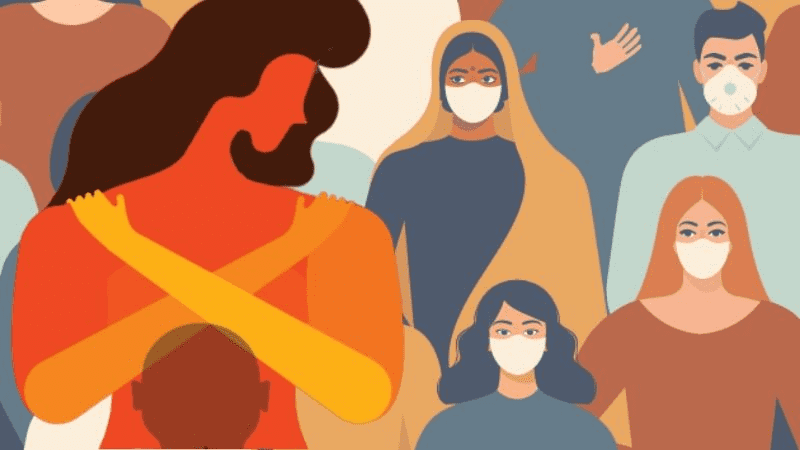

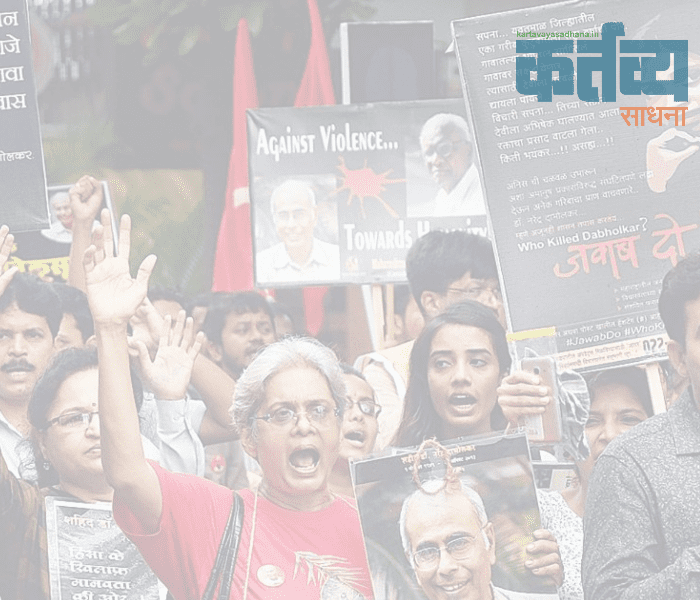

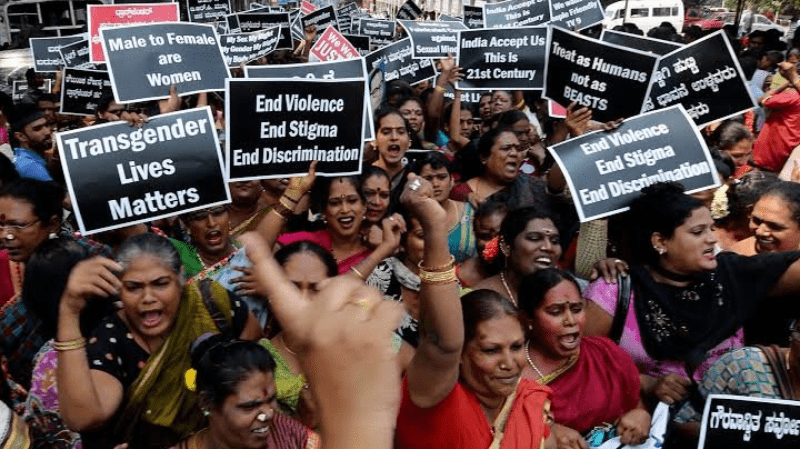
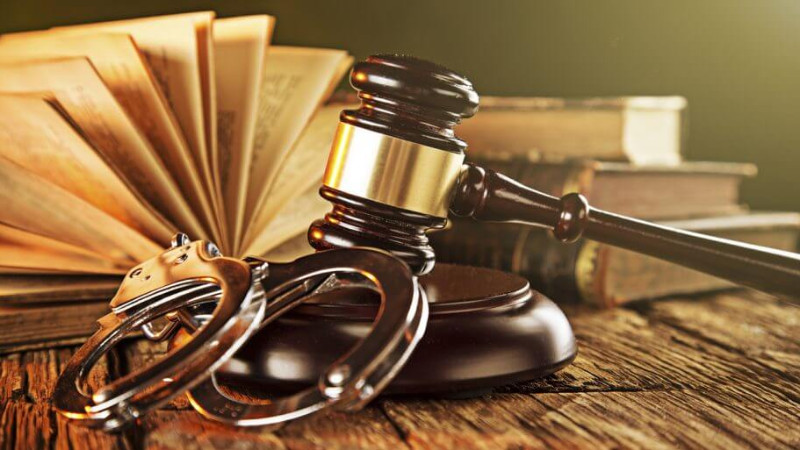
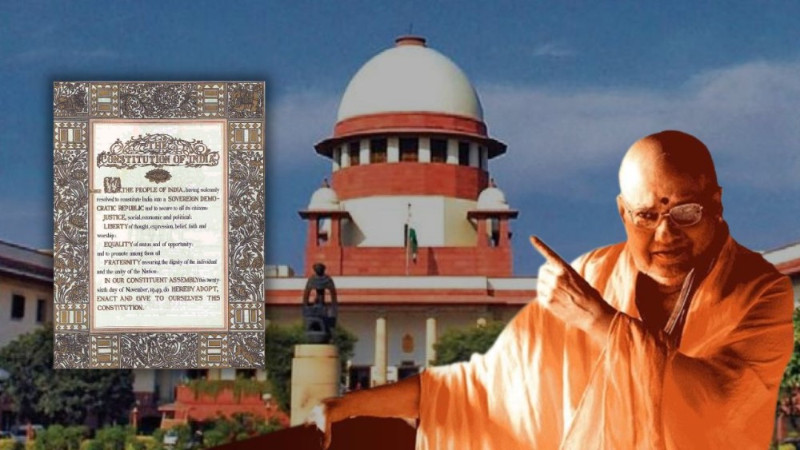
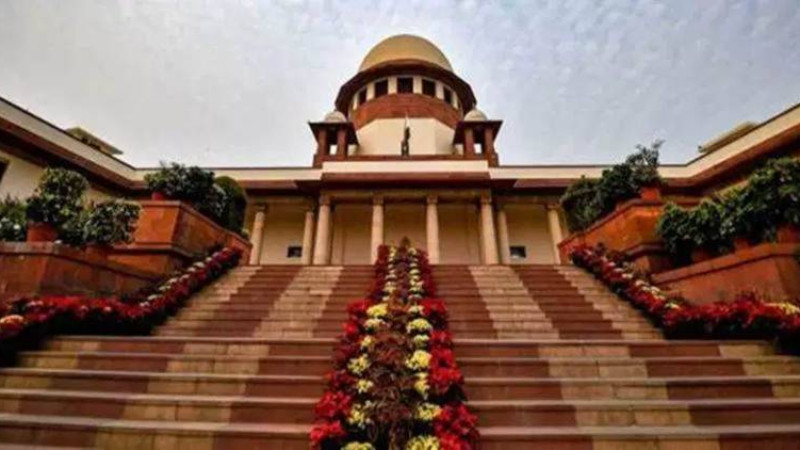
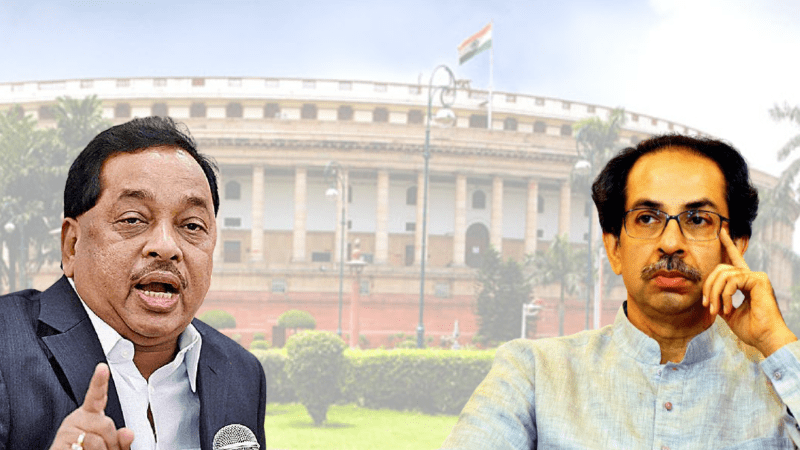
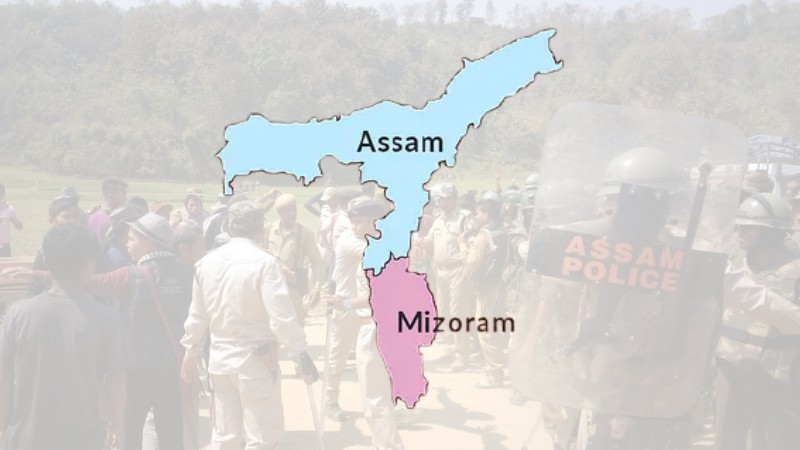
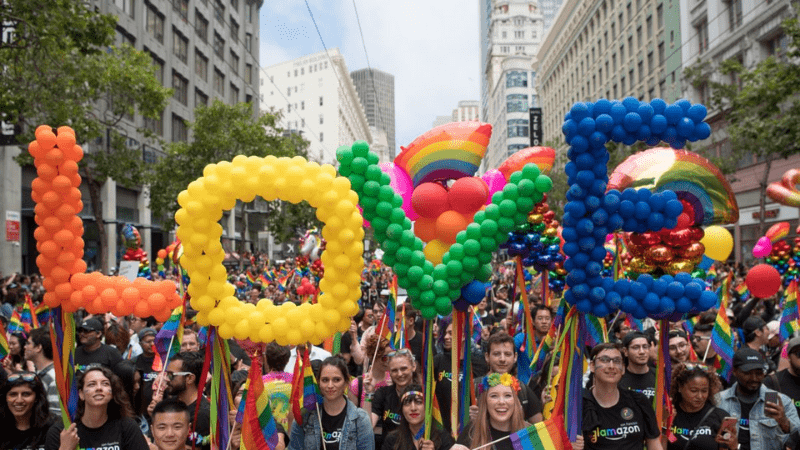

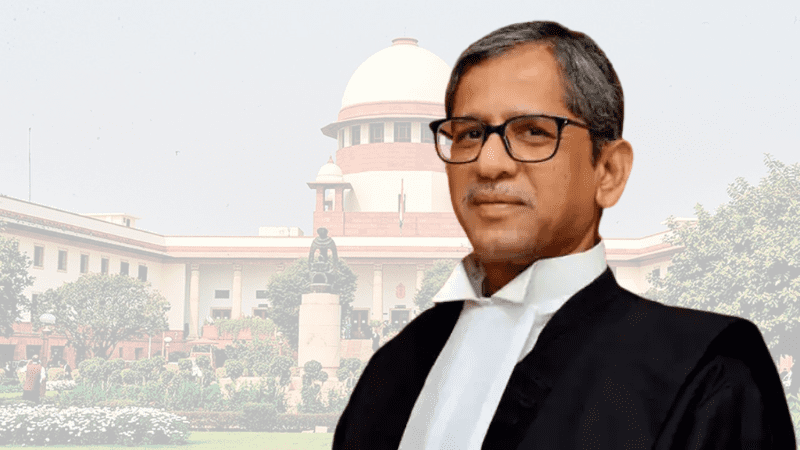
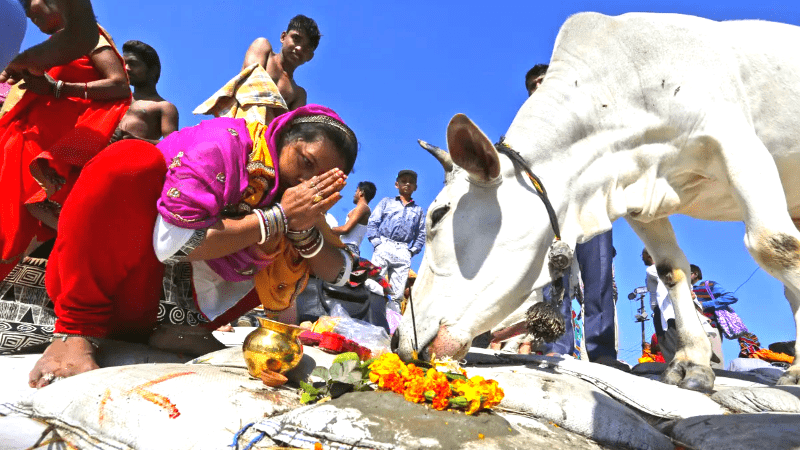

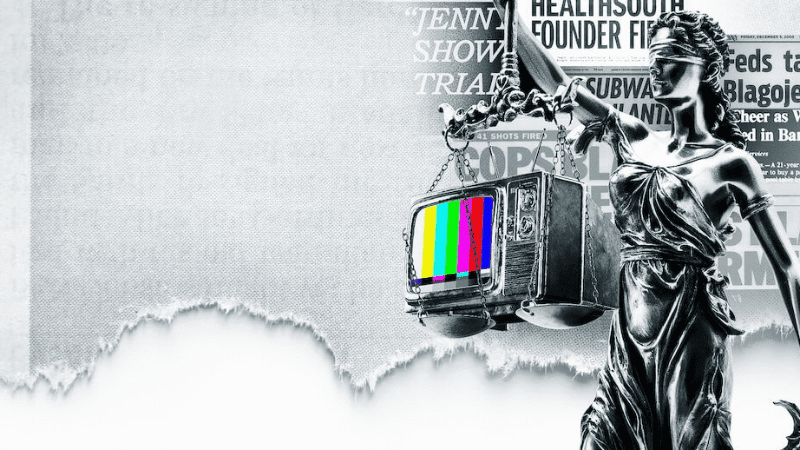
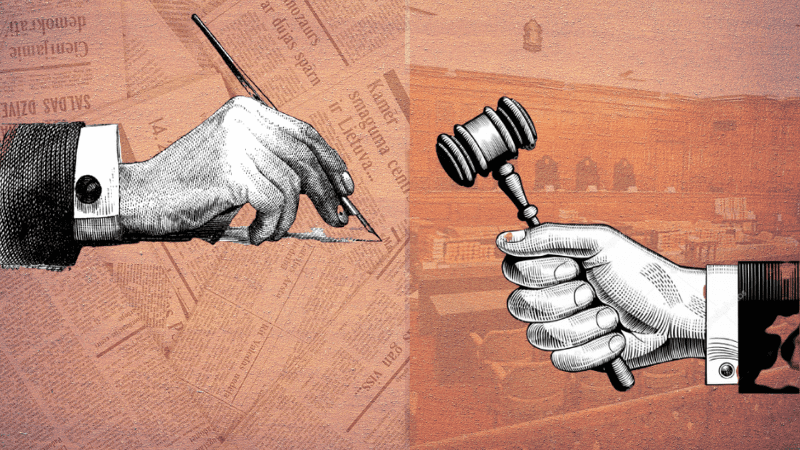
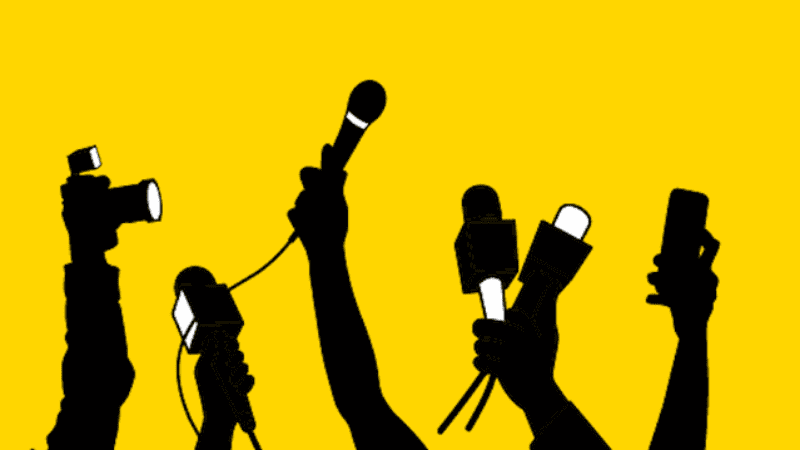
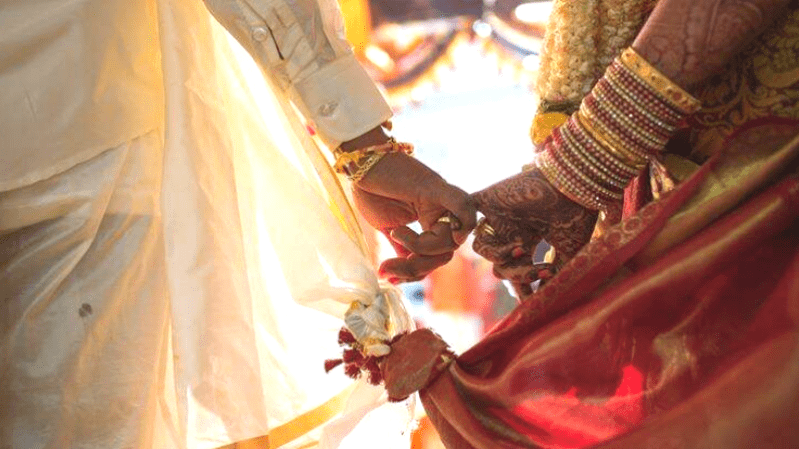

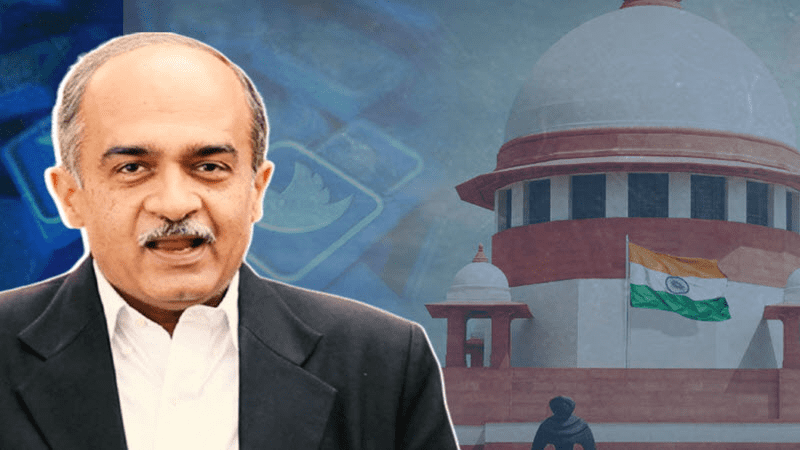

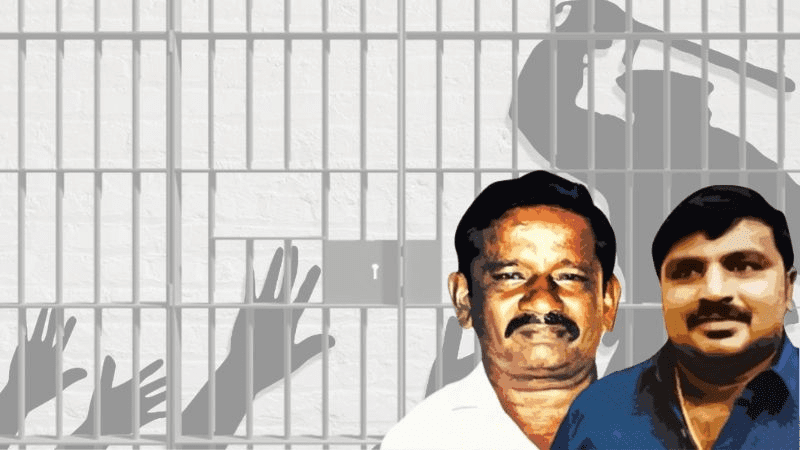
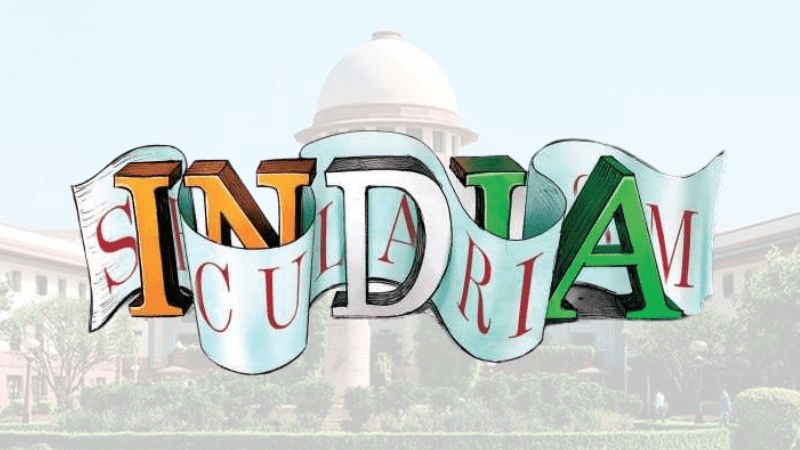
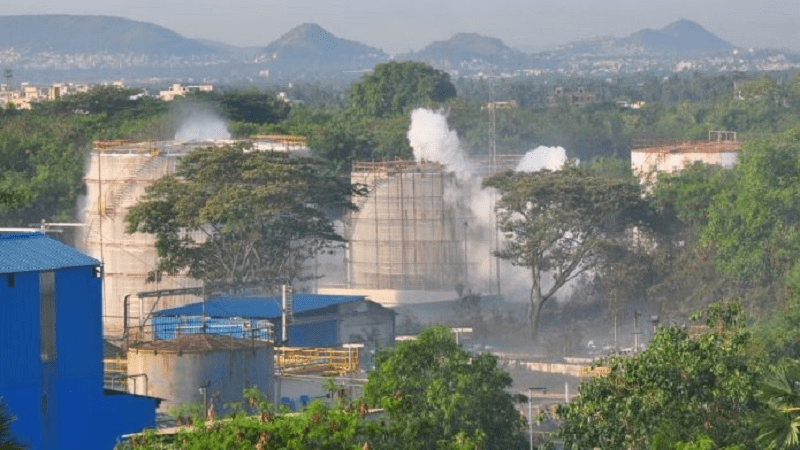
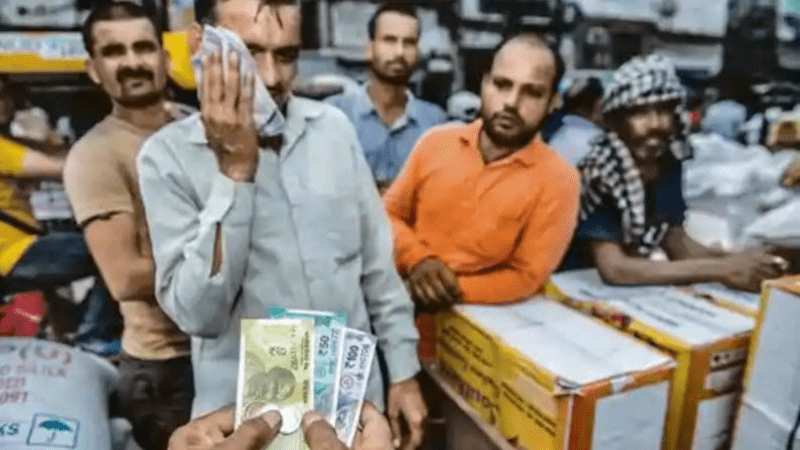
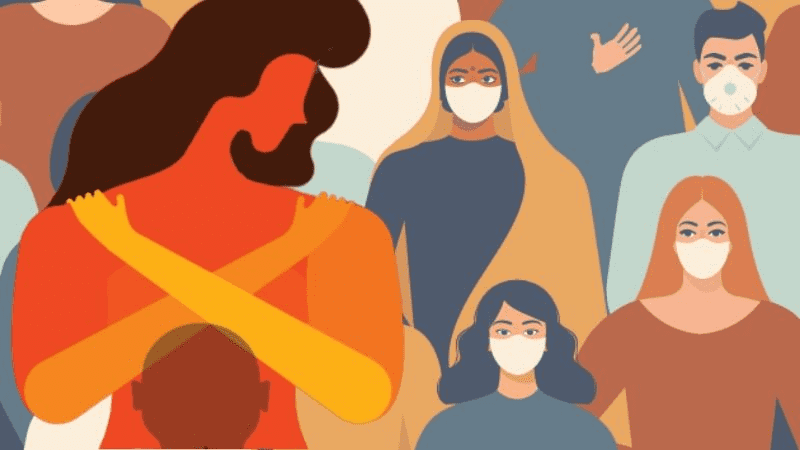
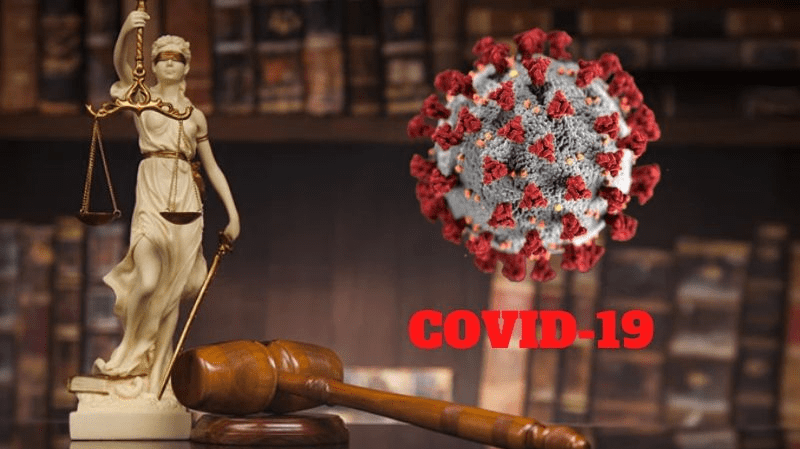

























Add Comment